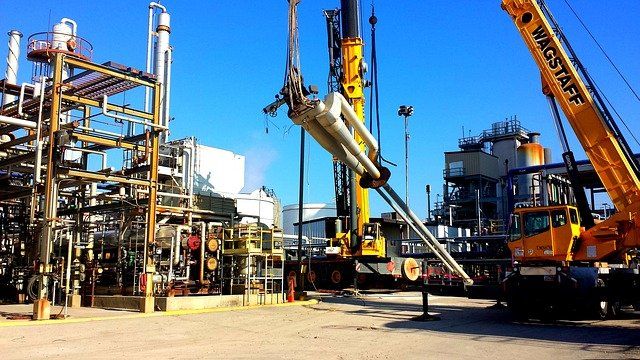When a builders’ lien is registered in accordance to the Alberta Builders’ Lien Act (BLA), it provides for the security of contractors, labourers, and suppliers who have improved the lands and have any unresolved payments. This also includes those who have provided materials along with other services in connection to the recovery of minerals on an oil and gas well site. The Land Titles Office (ALTO) is where the builders’ liens are commonly registered. The registration is done against the surface title. Although, when it comes to registering mineral titles with the Crown being the owner, the Alberta Land Titles Act prohibits it. According to the BLA, a lien on a mineral lease has to be registered with the Minister of Energy. Also, since approximately 81 per cent of all mineral rights in Alberta is owned by the Crown, most mineral liens are required to be registered with the Minister of Energy. A lien registered with the Minister of Energy may fail to provide the same level of security compared to a lien registered with the ALTO. This is particularly not very beneficial to those who are providing services or materials on oil and gas well sites.
The key provisions of Mineral Liens under the BLA
General
A builders’ lien is required to strictly comply with the BLA. The BLA has specific provisions in place to deal with liens on oil and gas wells, along with well sites. According to Section 6(2) of the BLA, permission is granted to a lien to be registered for the value of the work actually done and the furnished materials if a party has worked or furnished materials:
• in relation to the preparation for the recovery of a mineral
• in connection to the recovery of a mineral
• in relation to an abandonment operation in connection to the recovery of the mineral
Since, mineral rights are commonly shared between different owners, it can become quite complicated to identify the various interests along with the estates. The BLA has provisions that allow lien holders to avoid at least some of these issues. For instance, section 6(2) ensures that a lien attaches to all “estates and interests” in the “mineral”, other than the estate in fee simple in the “mines and minerals”. This is applicable even if a person who holds a particular estate has not asked for the work or materials. However, in case the person holding the estate in fee simple in the mines and minerals has clearly requested the work or materials, the lien also attaches to the estate in fee simple in the mines and minerals.
According to Section 6(3) of the BLA, a lien is attached to an estate or interest in mines and minerals when they are in situ, meaning while the minerals are still in the ground and they continue to be attached to the minerals even when they have been separated from the land.
The deadlines for registration
A party has a window of 45 days for registration of lien on a conventional construction site and a window of 90 days for registration of lien against a mineral interest on an oil and gas well or well site. The window starts from the date that the last materials or services were provided or from the date of contract abandonment. It is essential to keep in mind that terms like “oil and gas well” or “oil and gas well site” have not been defined in the BLA.
To ensure that a registered lien does not expire, a lienholder is required to register a certificate of “lis pendens” at the ALTO and sue within the window of 180 days from the lien registration date.
Enforcing lien against oil and gas production
The BLA expressly states that a lien attaches to the oil and the gas in the ground and also when it is severed. But, a purchaser of the oil and gas might not be aware that the production is a part of the lien. In the 1988 Alberta Court of Queen’s Bench decision in Halliburton Services Ltd v Snowhawk Energy Inc, Justice Forsyth stated and made it very clear that a builders’ lien is not attached to the sale proceeds from the sale of a mineral. Hence, a lien on oil and gas interests may do little to discourage the owner selling the oil and gas prior to the obtainment of the judgment at trial by the lien holder. This creates a risk as it might leave the lien holder with no security since the well could be drained before the lien holder can obtain a judgment. However, Section 54 of the BLA gives a lien-holder with two different options that can help him protect the lien.
The first option states that a lienholder is allowed to apply to the Court for the appointment of a receiver of the rents and profits from the sale. The second option states that a lien-holder can ask for the appointment of a trustee. This trustee will have the power to manage and sell the property under the supervision of the court. The trustee then pays the net proceed of any sale or receivership to the court. This then becomes the subject to the claims by all lienholders, mortgagees and the other parties interested in the property.
What’s important to understand here is that a lien registration is not enough to protect and prevent the loss of security. A sound legal counsel should be taken, as this will ensure that the right steps are being followed.

